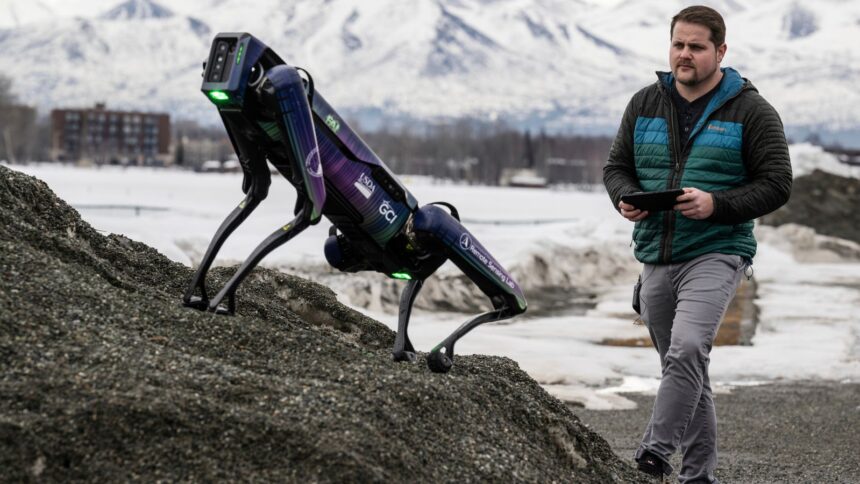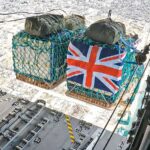It will be headquartered at the Fairbanks airport, according to the Alaska Department of Transportation and Public Facilities, with the goal of “enhance and augment safety and operations.”
The transportation department’s Ryan Marlow, a programme manager, stated: “The only reason for this is that it functions as a predator, enabling us to trigger that response in wildlife without the need for additional methods.”
Aurora will patrol an outdoor area near the runway every hour in an effort to keep planes and wildlife from coming into dangerous contact.
In an earlier attempt at deterrence, in the 1990s, authorities released pigs into a lake close to the airport in Anchorage in the hopes that the animals would consume waterfowl eggs near airline landing zones.
During the trial time in Fairbanks, it will also be observed how moose and bears react to the robot and how successful Aurora is as a deterrent against larger species.
A Federal Aviation Administration database shows that there were 92 animal hits close to airports in Alaska last year, with 10 of the incidents occurring in Fairbanks.
The majority of strikes did not do any harm to the aircraft, but Mr. Marlow stated that in the rare event that a bird gets stuck in an engine and could cause a crash, the encounters can be costly and dangerous.







